A new electric vehicle out of China is causing serious ripples in the automotive world. The BYD Seagull, a subcompact EV priced at just $7,800, is challenging the long-standing norm that electric cars must come with a hefty price tag. While it’s not yet available in the U.S., the Seagull is turning heads with its impressive range, smart design, and affordability—prompting American automakers to reconsider how they build and price EVs.
Key Takeaways
- The BYD Seagull is priced at just $7,800 in China, undercutting most U.S. vehicles by a wide margin.
- Offers up to 252 miles on a full charge depending on the battery option.
- Includes airbags, stability control, and available ADAS features in a lightweight 5-door design.
- Powered by BYD’s Blade Battery, designed for safety, efficiency, and longevity.
- Tariffs and regulatory differences keep the Seagull out of American dealerships for now.
Affordability Driving a Shift in EV Trends
The Seagull represents a broader shift toward low-cost electric vehicles. BYD, one of China’s EV powerhouses, is leveraging its vertically integrated manufacturing system to cut costs while still delivering competitive range and performance.
Cost Comparison: The least expensive new car in the U.S., the Nissan Versa, starts at $18,330—more than double the Seagull’s price.
Battery Options:
- 30.1 kWh battery (up to 190 miles of range)
- 38.9 kWh battery (up to 252 miles of range)
Compact But Capable: Inside the Seagull’s Design
Despite its low cost, the Seagull isn’t stripped down. It features a five-door hatchback layout with critical safety features like airbags and electronic stability control. Its lightweight build—just 2,734 pounds—also helps boost range and efficiency, offering a performance edge over heavier models like the Chevrolet Bolt.
Clever Cost Savings: Details like a single windshield wiper may seem minor, but they contribute to significant savings in production and weight.
Powered by BYD’s Blade Battery Tech
What really gives the Seagull an edge is what’s under the floor. The car is powered by BYD’s Blade Battery, designed for increased safety, compactness, and longevity compared to standard lithium-ion options.
Key Battery Benefits:
- Safer design that reduces fire risks
- Higher energy density for extended range
- Longer lifecycle and better charge retention over time
Safety Without the Premium Price
BYD packed the Seagull with features typically found in pricier vehicles. In addition to airbags and stability control, the car includes advanced driver-assistance technologies (ADAS) that improve overall driving safety.
Expected Safety Features:
| Feature | What It Does |
|---|---|
| Automatic Emergency Braking | Applies brakes to avoid collisions |
| Lane Departure Warning | Notifies drivers of unintentional lane shifts |
| Blind Spot Monitoring | Alerts to vehicles in blind zones |
| Adaptive Cruise Control | Maintains safe following distance |
Official crash test results aren’t available yet, but BYD’s history with safety tech suggests the Seagull will be competitive.
Why It Won’t Hit U.S. Roads Soon
As game-changing as it is, the Seagull won’t be rolling into American dealerships anytime soon. Tariffs on Chinese-made vehicles currently make it nearly impossible for BYD to sell the car in the U.S. at its low price point.
Challenges:
- U.S. import tariffs as high as 247.5%
- New 100% tariff under the Biden administration further complicates entry
- Compliance with stricter U.S. safety standards would require additional modifications
Changing What Consumers Expect
The Seagull could redefine consumer expectations for what a budget EV should offer. With its accessible price, decent range, and practical features, it opens the door for a new category of EV shoppers—people who previously couldn’t justify the cost of going electric.
This shift may force legacy automakers to adapt, potentially leading to:
- More affordable EV lines
- Simplified designs for cost savings
- New strategies aimed at first-time EV buyers
Pressure on Global Automakers
BYD’s breakthrough could inspire a new wave of competition in the low-cost EV market. Automakers worldwide may need to respond by:
- Investing in efficient battery manufacturing
- Creating smaller, more affordable EVs
- Targeting emerging markets where cost is a primary concern
BYD’s Future Plans for the Seagull
BYD isn’t done innovating. The automaker is already looking to upgrade the Seagull with more advanced technology, including next-gen battery systems and improved smart driving features.
Coming Innovations:
- Solid-state batteries for even better performance and safety
- Enhanced ADAS capabilities
- Bi-directional charging for energy sharing and home backup
Final Thoughts
The BYD Seagull is more than just a cheap electric car—it’s a signal that the EV market is evolving rapidly. Its combination of affordability, functionality, and innovation challenges the status quo and urges the global auto industry to catch up. While American drivers may not get behind the wheel anytime soon, the Seagull’s influence is already being felt.
Frequently Asked Questions (FAQ)
How much does the BYD Seagull EV cost?
The Seagull is priced at around $7,800 in China, making it one of the most cost-effective EVs on the market.
How does the Seagull stack up against other EVs like the Tesla Model 3?
While it doesn’t match the premium features of a Model 3, the Seagull is significantly more affordable and ideal for city driving.
What type of battery powers the Seagull?
The vehicle uses BYD’s Blade Battery, which offers greater safety, higher energy density, and a longer lifespan.
Why isn’t the BYD Seagull sold in the U.S.?
High tariffs and differing safety regulations currently make it financially unviable for BYD to bring the Seagull to the U.S. market.
What’s next for the Seagull EV?
Future updates may include solid-state battery tech, smarter safety systems, and energy-sharing features like bi-directional charging.

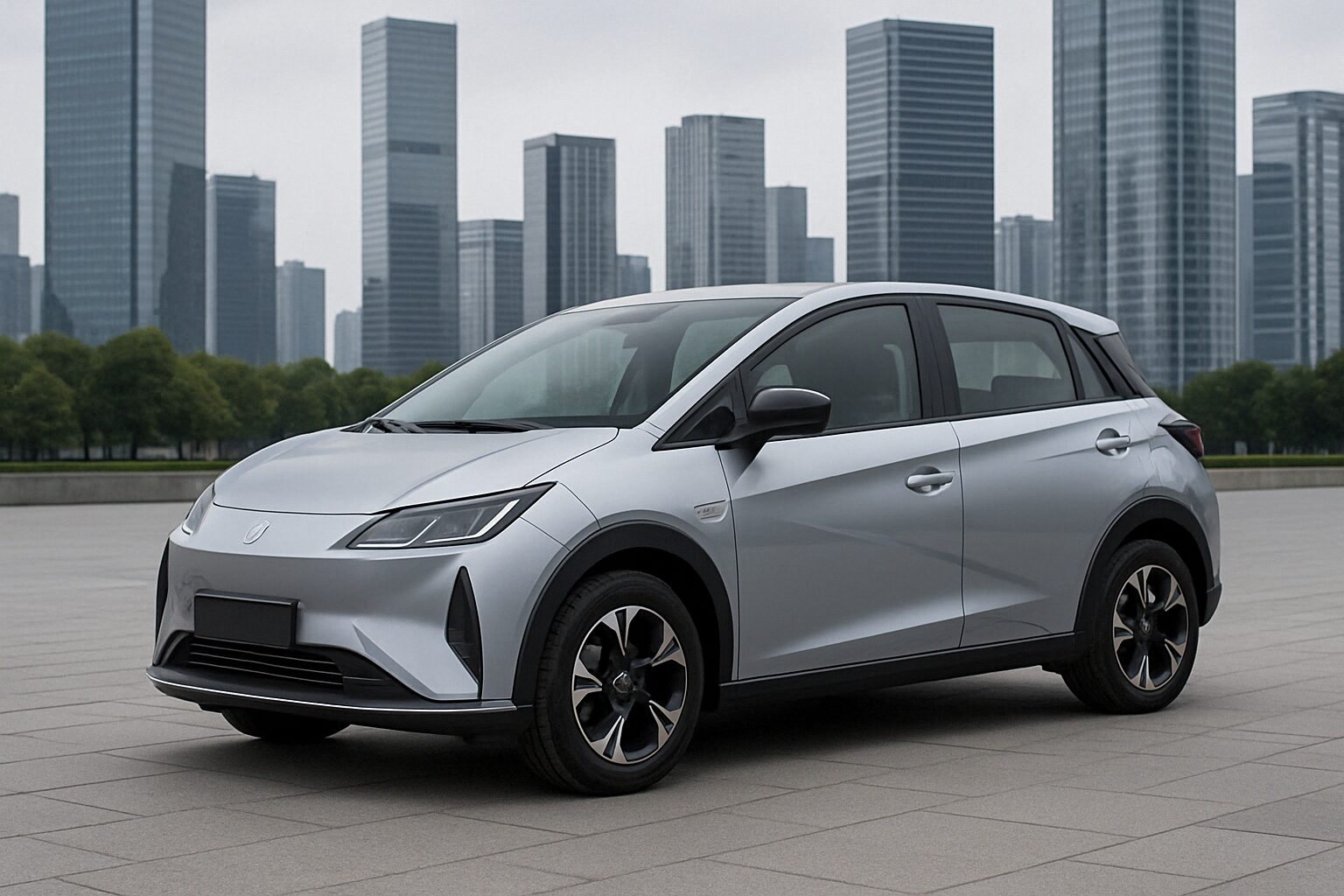


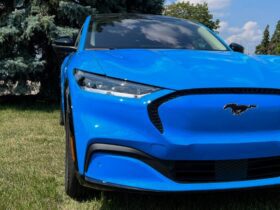


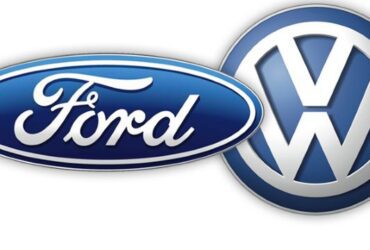
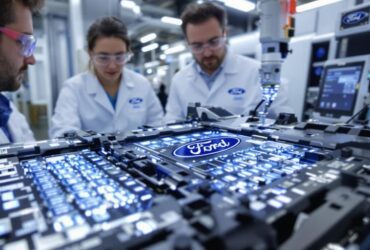
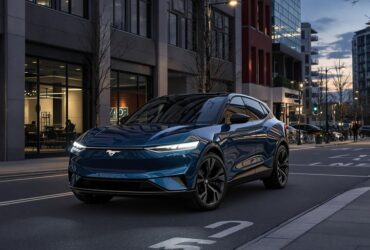
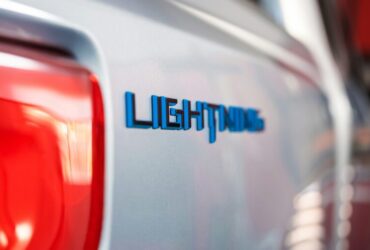

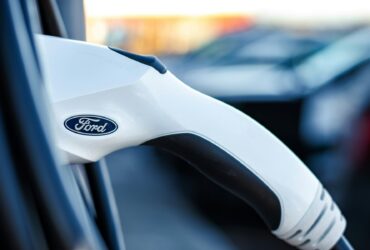
Leave a Reply